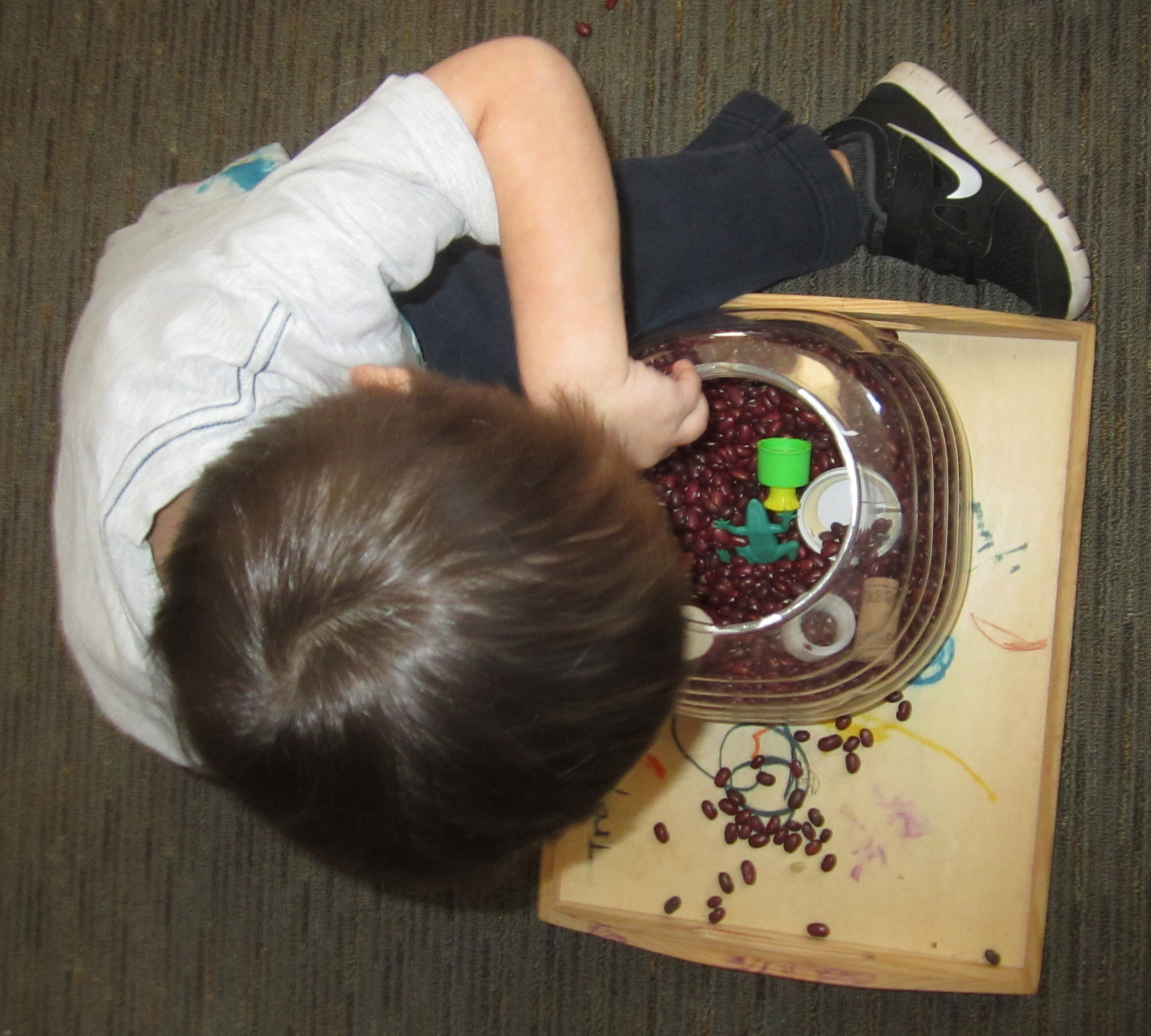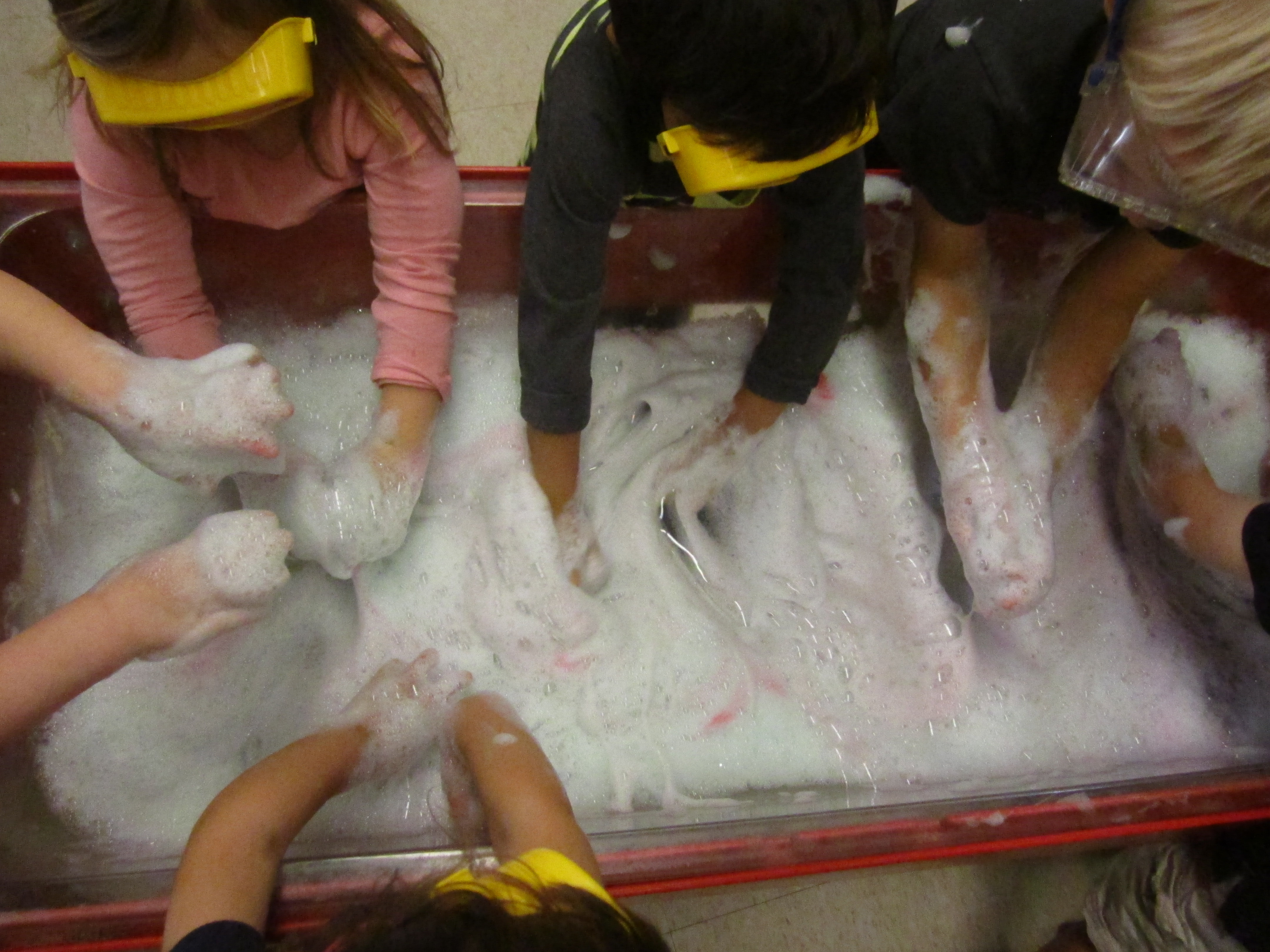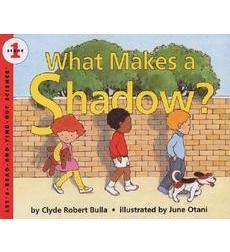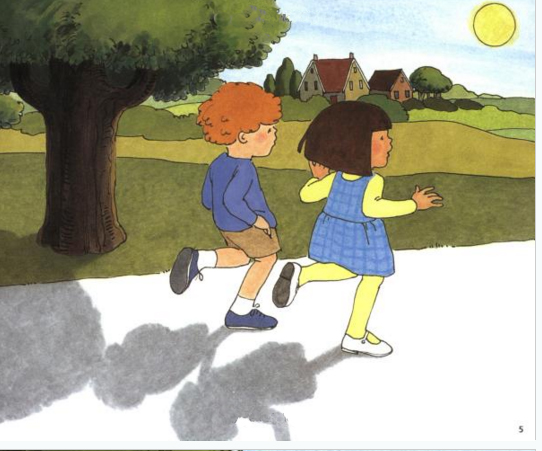Science with infants, toddlers and preschoolers
By Peggy Ashbrook
Posted on 2016-04-12
In the March 2016 Rocking and Rolling column in Young Children, “Sharing the Wonder Science With Infants and Toddlers,” Emily J. Adams and Rebecca Parlakian write, “For infants and toddlers, [science] is a process of exploration and discovery.” The column discusses how, through scientifc inquiry, children can develop skills across all domains of development and provides many guidelines for building a culture of science and exploration in your environment.
The NSTA position statement on early childhood science education addresses the preschool years. It affirms that “At an early age, all children have the capacity and propensity to observe, explore, and discover the world around them.” And goes on to say that these basic abilities for science learning “…can and should be encouraged and supported among children in the earliest years of their lives.”
I had the pleasure of hearing just how deep preschooler’s questions can be while observing a teacher reading pages from What Makes a Shadow? by Clyde Robert Bulla with illustrations by June Otani. During the small group reading of the book the teacher asked, “How are the children’s shadows made?” The group responded, “The sunshine!” The children noticed that the children’s shadows did not have eyes or have the other details present in the children’s faces and clothes. Then a child asked, “Could the sun have a shadow?” I think this shows the child understands the sun is an object, not just light, and is thinking about the spatial relationship with the Earth.
The teacher and I looked at each other and she said, “I don’t know. We will have to look that up!”
Disclaimer: The views expressed in this blog post are those of the author(s) and do not necessarily reflect the official position of the National Science Teaching Association (NSTA).








